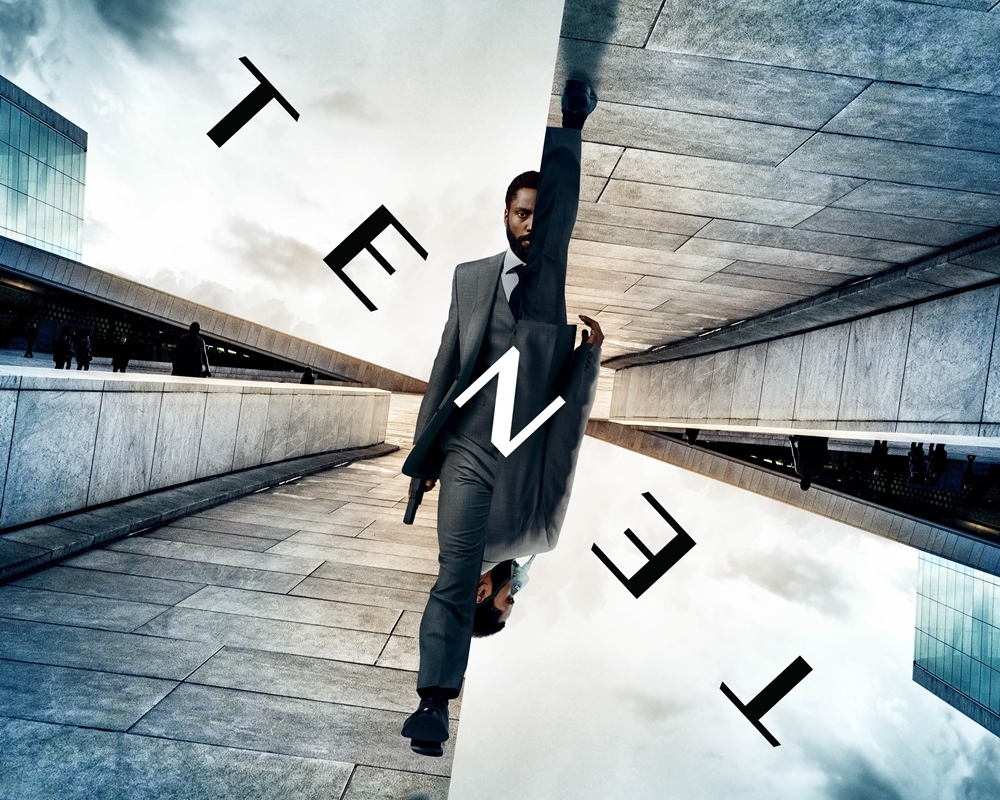🧵Four by @ChawlaSwati
1/ 🚨🚨Who is a #Tibetan?🚨🚨
Relatedly,
❓Where is #Tibet?
❓Are all Tibetans #Buddhist?
❓Do all of them revere @DalaiLama?
❓Are there Tibetans (other than #exiled pop"n) outside Tibet?
❓Do all #Tibetans identify as... erm ..Tibetan?
#TweetHistorians
1/ 🚨🚨Who is a #Tibetan?🚨🚨
Relatedly,
❓Where is #Tibet?
❓Are all Tibetans #Buddhist?
❓Do all of them revere @DalaiLama?
❓Are there Tibetans (other than #exiled pop"n) outside Tibet?
❓Do all #Tibetans identify as... erm ..Tibetan?
#TweetHistorians
2/ The 11th Zurmang Trungpa (1939-87) said #Tibetan 'insiders' (ནང་པ་) share these common features:
☑️speaking some variant of Tibetan lang
☑️following #Buddhist faith
☑️eating tsampa (roasted barley flour)
Who was he?
treasuryoflives.org/biographies/vi…
A handy definition, but...
~SC
☑️speaking some variant of Tibetan lang
☑️following #Buddhist faith
☑️eating tsampa (roasted barley flour)
Who was he?
treasuryoflives.org/biographies/vi…
A handy definition, but...
~SC
3/ Let's tackle the big one first: #Tibet has long been identified as a pristine Buddhist #Shangrila.
But,
❌Not Tibetans are Buddhist.
❌Not all Tibetan Buddhists revere the @DalaiLama in the same way.
See #himalayanhistories 🧵on #Shangrila:
~SC
But,
❌Not Tibetans are Buddhist.
❌Not all Tibetan Buddhists revere the @DalaiLama in the same way.
See #himalayanhistories 🧵on #Shangrila:
https://twitter.com/ChawlaSwati/status/1235765657070899202?s=20
~SC
4/ Buddhist "diffusion" (often euphemism for subjugation) ~7th C led to resistance+ destruction of well-established indigenous religion: Bon.
Bon: may be cognate w/ Bod (Tibet)+ now a convenient catchall for all non-Buddhist religious+ cultural beliefs.
--h/t Charles Ramble
~SC
Bon: may be cognate w/ Bod (Tibet)+ now a convenient catchall for all non-Buddhist religious+ cultural beliefs.
--h/t Charles Ramble
~SC
5/ There's a thriving Tibetan Muslim community, Khache (ཁ་ཆེ་), settled in Central Tibet ~17th C from diverse origins in Central, S+ E Asia.
They swiftly embraced Tibetan culture, but were consistently identified as non-Tibetan in Tibetan+ foreign a/cs.
--h/t @DavidGAtwill👇
~SC


They swiftly embraced Tibetan culture, but were consistently identified as non-Tibetan in Tibetan+ foreign a/cs.
--h/t @DavidGAtwill👇
~SC



6/ What abt @DalaiLama?
It is a #Geluk incarnation line whose govt ruled Tibet from 17th- mid 20th C.
Title: part #Mongolian (Dalai-ocean) +first given to 3rd #DalaiLama.
#Geluk: newest of FOUR major schools in #TibetanBuddhism. The largest is #Kagyu headed by @Karmapa17.
~SC

It is a #Geluk incarnation line whose govt ruled Tibet from 17th- mid 20th C.
Title: part #Mongolian (Dalai-ocean) +first given to 3rd #DalaiLama.
#Geluk: newest of FOUR major schools in #TibetanBuddhism. The largest is #Kagyu headed by @Karmapa17.
~SC


7/ History of Buddhist sectarianism in #Tibet is largely one of a conflict for patronage.
Mchod-yon (མཆོད་ཡོན་) or rel'p b/w a householder+ their pvt lama cud also mean the alliance b/w Sakya school+ Mongols (13th C) or Geluk school+ #Mongols (17th C).
--h/t Charles Ramble
~SC
Mchod-yon (མཆོད་ཡོན་) or rel'p b/w a householder+ their pvt lama cud also mean the alliance b/w Sakya school+ Mongols (13th C) or Geluk school+ #Mongols (17th C).
--h/t Charles Ramble
~SC
8/ Today, the three main populations of "Tibetans" are within:
✔️Tibetan Autonomous Region (TAR)+ neighboring provinces under PRC
✔️#Himalayan mountain range extending from Pakistan thru India to Nepal and Bhutan
✔️Tibetan refugees, large numbers of whom live in South Asia
~SC

✔️Tibetan Autonomous Region (TAR)+ neighboring provinces under PRC
✔️#Himalayan mountain range extending from Pakistan thru India to Nepal and Bhutan
✔️Tibetan refugees, large numbers of whom live in South Asia
~SC


9/ ❓What unites all #Tibetans then, if not #Buddhism❓
In 1993, the mag @Himalistan ran a provocatively titled issue: "Whither the Tsampa Eaters?: Confused Identities in the Tibetan Borderlands" where leading Tibetologists grappled with this question.
Their answer👇
~SC
In 1993, the mag @Himalistan ran a provocatively titled issue: "Whither the Tsampa Eaters?: Confused Identities in the Tibetan Borderlands" where leading Tibetologists grappled with this question.
Their answer👇
~SC
10/ Historian @Lhatseri referred to a letter addressed to "all tsampa eaters" at height of Tibetan resistance (1959) identifying it as a unifier:
"If #Buddhism provided the atom of Tibetanness, tsampa provided [its] sub-particles...it transcended dialect, sect+ regionalism."
~SC
"If #Buddhism provided the atom of Tibetanness, tsampa provided [its] sub-particles...it transcended dialect, sect+ regionalism."
~SC

11/ But-
"They no longer eat barley"
said anthropologist Ram Chhetri in that @Himalistan issue, citing survey of 1st+ 2nd gen Tibetan refugees in Pokhra (#Nepal). Some got accustomed not only to eating "grass" (mustard) w/ their lentils, but also growing it in their gardens!
~SC
"They no longer eat barley"
said anthropologist Ram Chhetri in that @Himalistan issue, citing survey of 1st+ 2nd gen Tibetan refugees in Pokhra (#Nepal). Some got accustomed not only to eating "grass" (mustard) w/ their lentils, but also growing it in their gardens!
~SC
12/ Complicating things further,
There's no Tibetan lang term that fully encompasses the pop"n denoted by the Western term "Tibetan."
The most commonly used term བོད་པ་ (Bod pa) is an ethnonym for central Tibetans (U-Tsang); ppl from Kham are called Kham pa; Amdo: Amdo wa.
~SC
There's no Tibetan lang term that fully encompasses the pop"n denoted by the Western term "Tibetan."
The most commonly used term བོད་པ་ (Bod pa) is an ethnonym for central Tibetans (U-Tsang); ppl from Kham are called Kham pa; Amdo: Amdo wa.
~SC

13/ In #Nepal, #Bhotey (also from Bod) has acquired perjorative overtones, referring to certain cultural habits -- such as eating beef and drinking alcohol-- which became associated w/ Tibetans.
Also see Saul Mullard👇+@Manigarm for nuanced e.g.s from #Sikkim+ #Mustang.
~SC



Also see Saul Mullard👇+@Manigarm for nuanced e.g.s from #Sikkim+ #Mustang.
~SC




14/ I will be back later today with the fifth and final🧵 offering some concluding remarks and additional resources on #himalayanhistories.
~SC
~SC
• • •
Missing some Tweet in this thread? You can try to
force a refresh


































